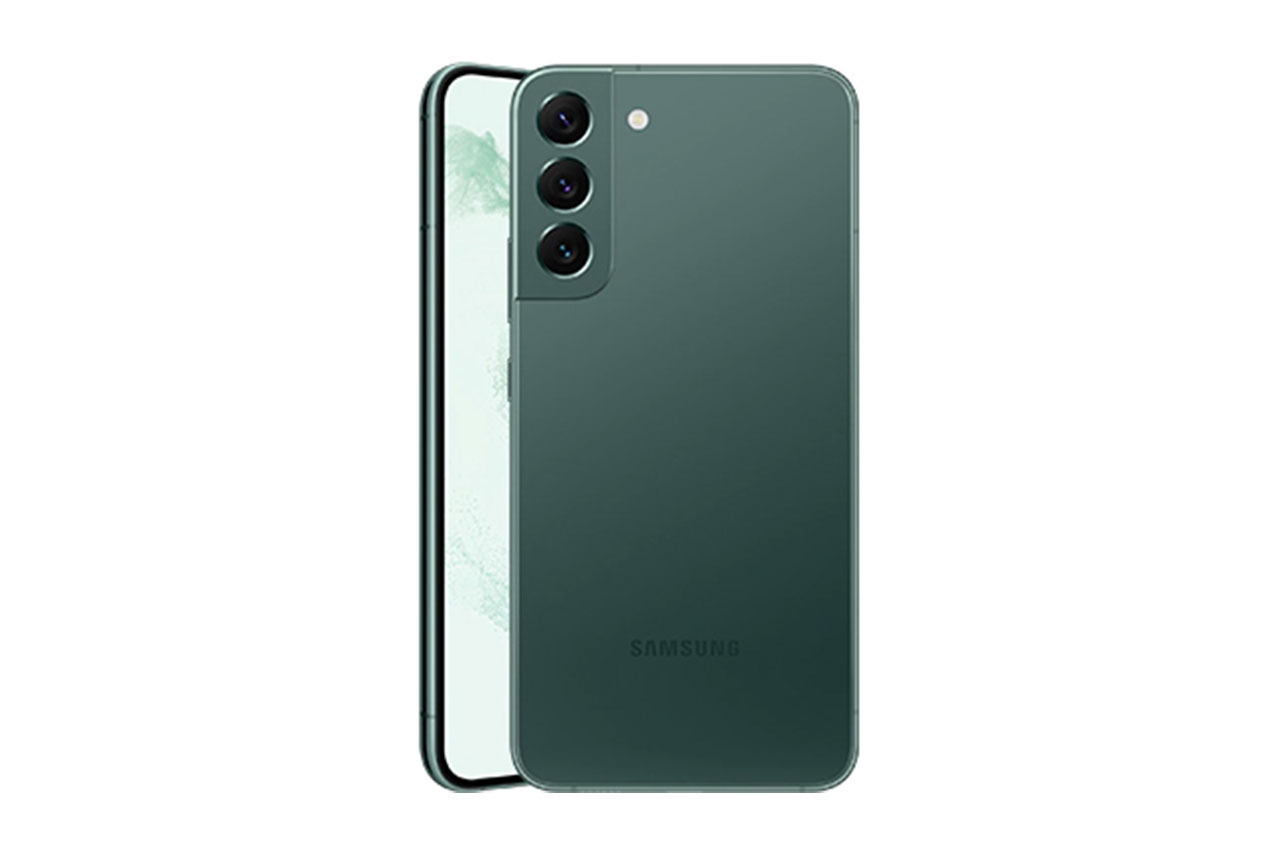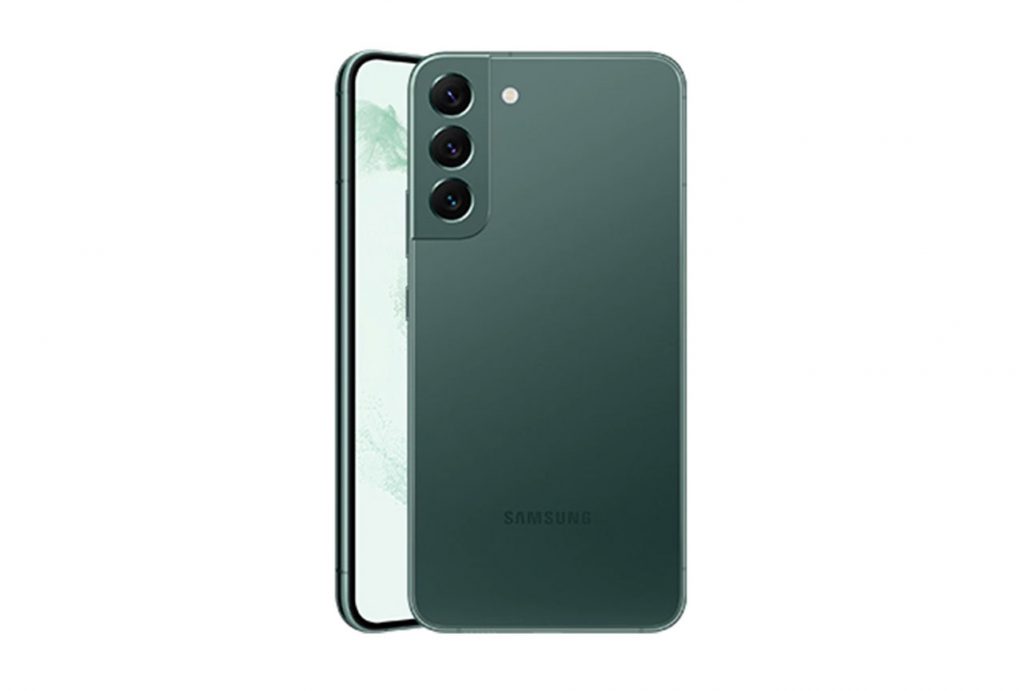The Samsung Galaxy S22+ (Exynos) is the middle model in the Korean company’s 2022 top-end S-series, and it uses the same Exynos 2200 chipset as the flagship S22 Ultra. Like the S22, the S22+ uses a smaller and lower-resolution display than the S22 Ultra, and it doesn’t offer the larger device’s S-Pen stylus.
Key camera specifications:
- Primary: 50 MP 1/1.56″ sensor, 1.0μm pixels, 85-degree field of view, f/1.8-aperture lens, OIS, Dual Pixel AF
- Ultra-wide: 12MP 1/2.55″ sensor, 1.4μm pixels, 120-degree field of view, f/2.2-aperture lens, Dual Pixel AF
- Tele: 10MP 1/3.94″ sensor, 1.0μm pixels, 36-degree field of view, f/2.4-aperture lens, 3x optical zoom
- 8K up to 24fps, 4K up to 60fps, 1080p at 60fps (tested at 4K/30fps)
- HDR10+ video (available as an option turned off by default in advanced video recording settings, not tested)
About DXOMARK Camera tests: For scoring and analysis in our smartphone camera reviews, DXOMARK engineers capture and evaluate over 3000 test images and more than 2.5 hours of video both in controlled lab environments and in natural indoor and outdoor scenes, using the camera’s default settings. This article is designed to highlight the most important results of our testing. For more information about the DXOMARK Camera test protocol, click here. More details on how we score smartphone cameras are available here.
Test summary
Scoring
Sub-scores and attributes included in the calculations of the global score.

Samsung Galaxy S22+ (Exynos)


Use cases & Conditions
Use case scores indicate the product performance in specific situations. They are not included in the overall score calculations.
Outdoor
Photos & videos shot in bright light conditions (≥1000 lux)
Indoor
Photos & videos shot in good lighting conditions (≥100lux)
Lowlight
Photos & videos shot in low lighting conditions (<100 lux)
Friends & Family
Portrait and group photo & videos
Pros
- Good exposure and wide dynamic range
- Low noise levels in low light
- Good white balance
- Good exposure and high detail in flash shots
- Nice color in tele zoom shots and good exposure on the ultra-wide camera
- Natural bokeh effect
- Good exposure and wide dynamic range in indoor and outdoor video
- Nice color and skin tones in video
- Effective video stabilization when walking while recording
Cons
- Luminance noise in bright light and indoor conditions
- Slow autofocus
- Loss of fine detail and corner softness
- Image artifacts, including ringing, ghosting and hue shift
- Lack of detail in short-range tele shots
- Noise in video clips
- Lack of dynamic range and white balance casts in low light video
- Unstable video autofocus in indoor recordings and low light
- Strong ringing artifacts in video
With a DXOMARK Camera score of 126 the Samsung Galaxy S22+ (Exynos) camera does an excellent job, but it lands in the middle of the Ultra-Premium segment that it is in. Compared to last year’s S21+, the new device offers significant improvements in most areas.
The results of the S22+ (Exynos) were identical to those of the S22 (Exynos), and we direct you to the Galaxy S22 (Exynos) Camera test for a more in-depth look into the device’s camera performance.



DXOMARK encourages its readers to share comments on the articles. To read or post comments, Disqus cookies are required. Change your Cookies Preferences and read more about our Comment Policy.